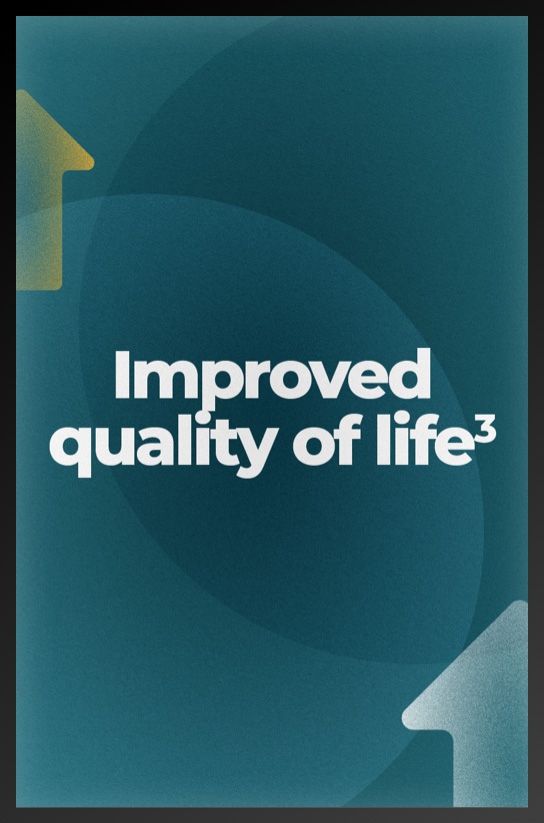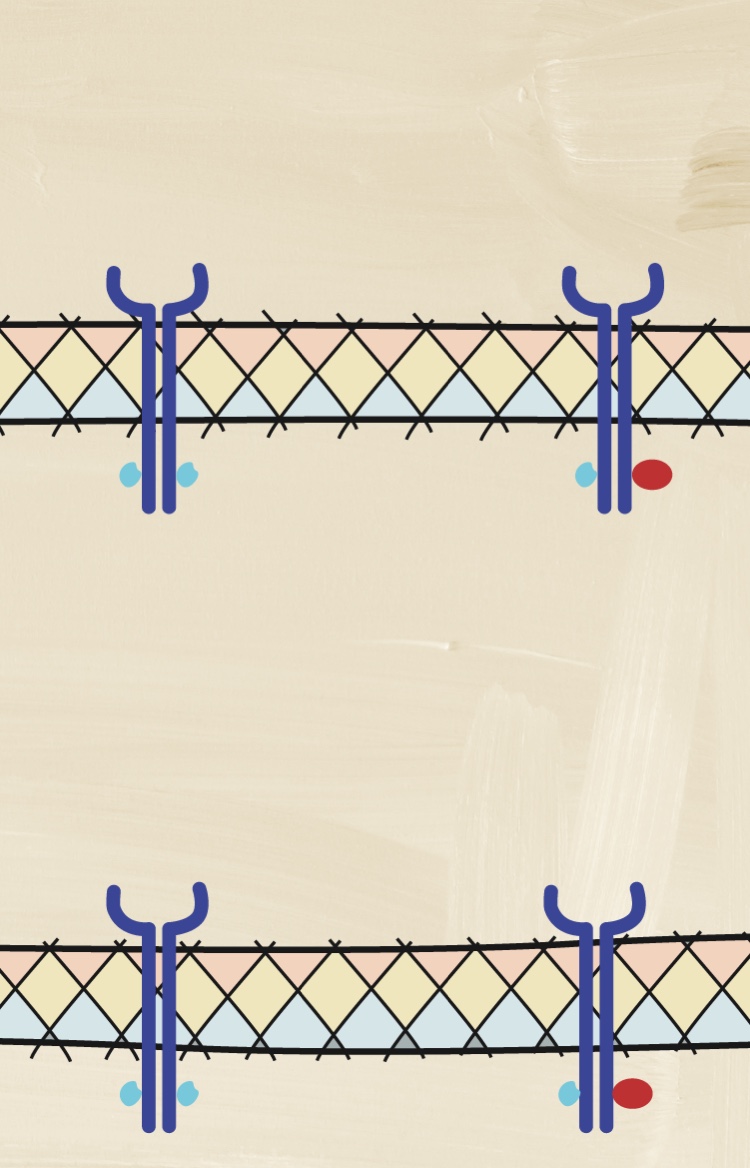

Contemplate more stringent goals in axSpA


LECTURE SERIES WITH DR. ALEXIS OGDIE
Examine the importance of achieving remission or low disease activity in axSpA
Join Dr. Alexis Ogdie as she discusses how stringent outcome goals and shared decision-making between the doctor and patient can have an impact on a patient’s quality of life.
Striving for and achieving stringent disease outcome goals
Studies have shown that patients who achieve more stringent outcome goals, such as ASAS40, ASDAS LD, and ASDAS ID, are more likely to experience1-3



ASAS-EULAR guidelines recommend setting goals to achieve remission or inactive or stable disease, with individualized monitoring and assessment for optimal patient outcomes in axSpA.5
ASAS=Assessment of SpondyloArthritis international Society; ASDAS= Ankylosing Spondylitis Disease Activity Score; EULAR=European Alliance of Associations for Rheumatology; ID=inactive disease; LD=low disease; mSASSS=modified Stoke Ankylosing Spondylitis Spine Score.


Does the mechanism of disease contribute to setting outcome goals?
Learn more about the mechanisms of disease in axSpA to help inform disease management decisions and set higher outcome goals.


NEXT ROOM IN THE OUTCOMES EXHIBIT
Types of measures
Review the different disease outcome measures used to assess disease activity in patients with axSpA.
PREVIOUS ROOM
Suboptimal disease outcomes
- Machado P, Landewé R, Lie E, et al. Ankylosing Spondylitis Disease Activity Score (ASDAS): defining cut-off values for disease activity states and improvement scores. Ann Rheum Dis. 2011;70(1):47. doi:10.1136/ard.2010.138594
- Ramiro S, van der Heijde D, van Tubergen A, et al. Higher disease activity leads to more structural damage in the spine in ankylosing spondylitis: 12-year longitudinal data from the OASIS cohort. Ann Rheum Dis. 2014;73(8):1455-61. doi:10.1136/annrheumdis-2014-205178
- Mease P, Walsh JA, Baraliakos X, et al. Translating improvements with ixekizumab in clinical trial outcomes into clinical practice: ASAS40, pain, fatigue, and sleep in ankylosing spondylitis. Rheumatol Ther. 2019;6(3):435-450. doi:10.1007/s40744-019-0165-3
- van der Heijde D, Joshi A, Pangan AL, et al. ASAS40 and ASDAS clinical responses in the ABILITY-1 clinical trial translate to meaningful improvements in physical function, health-related quality of life and work productivity in patients with non-radiographic axial spondyloarthritis. Rheumatology. 2016;55(1):80-8. doi:10.1093/rheumatology/kev267
- Ramiro S, Nikiphorou E, Sepriano A, et al. ASAS-EULAR recommendations for the management of axial spondyloarthritis: 2022 update. Ann Rheum Dis. 2022;0:1–16. doi: 10.1136/ard-2022-223296